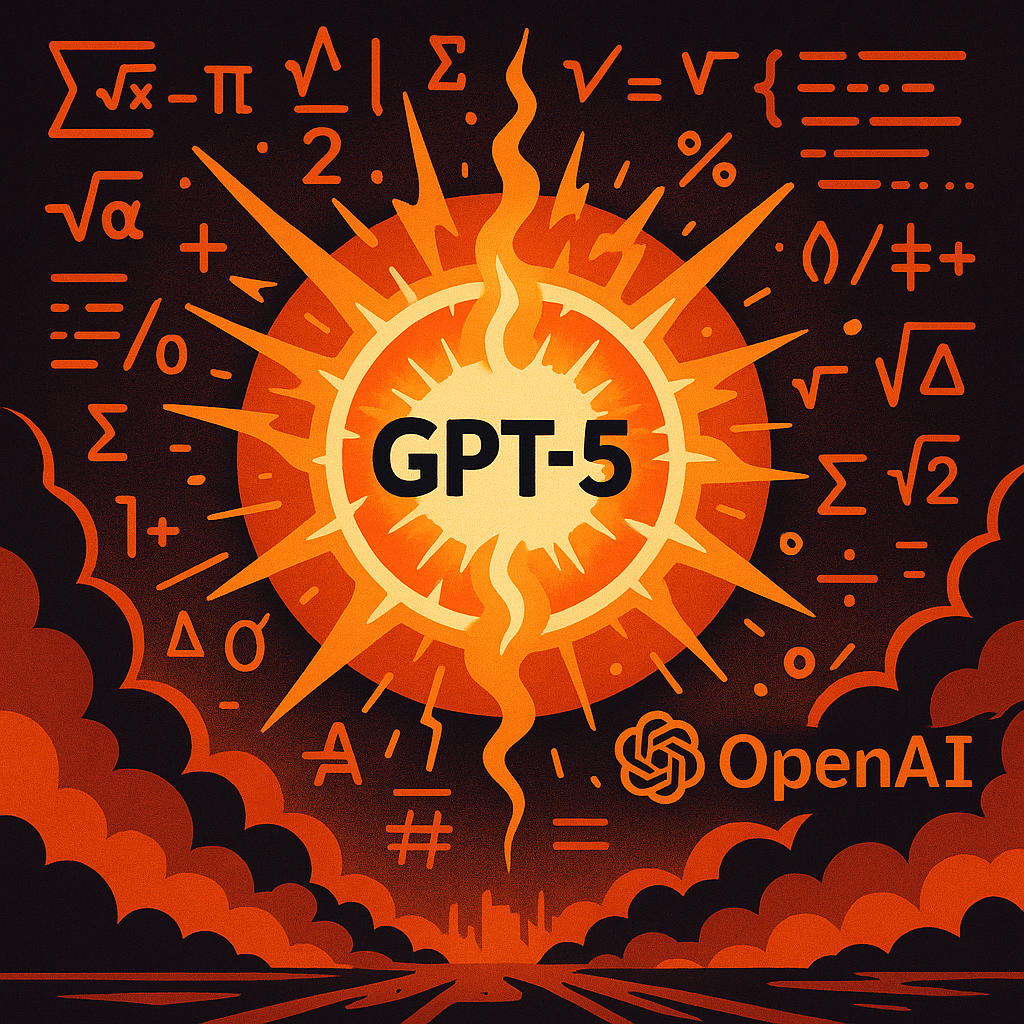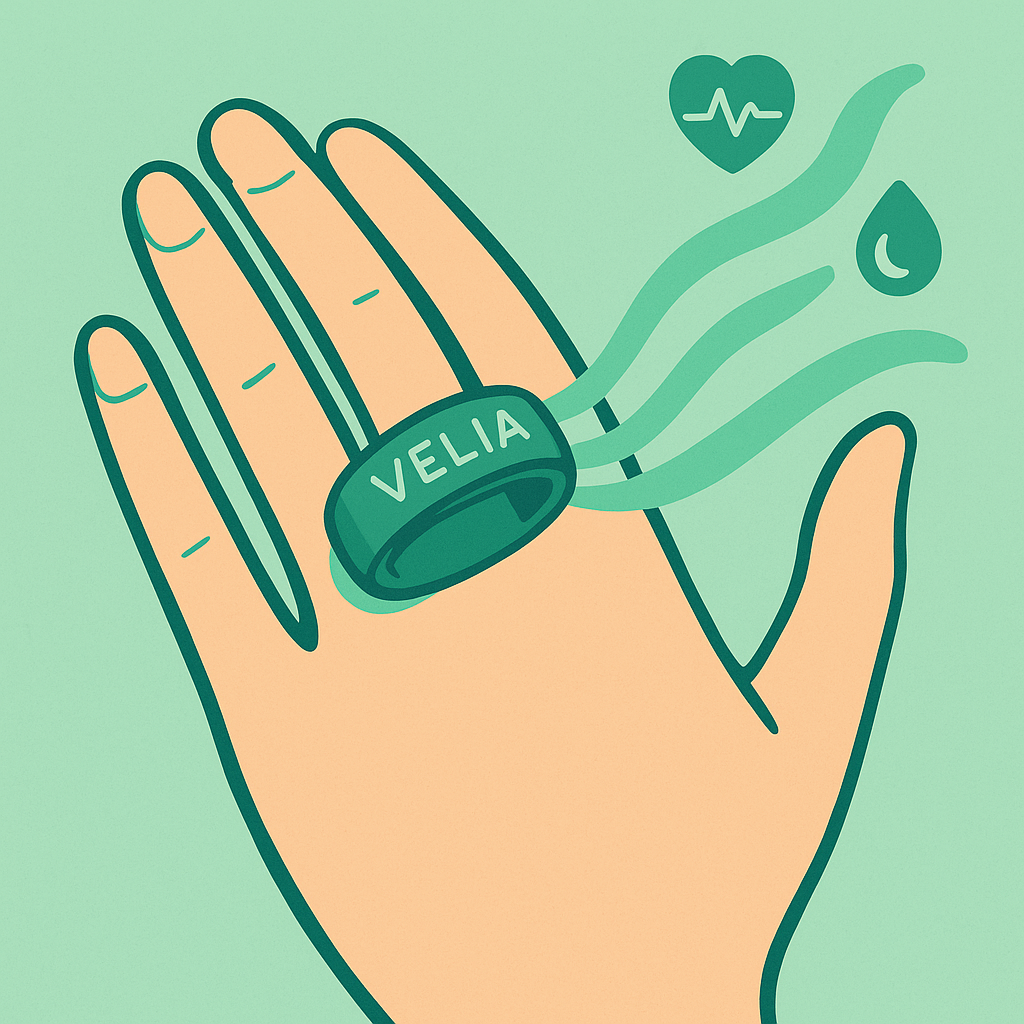Top 10 Tech News of the Week
The world of technology is buzzing with innovation, bold pronouncements, and a constant push towards new frontiers. This week, we dive into some of the most significant developments, from the grand visions of tech moguls to practical applications of artificial intelligence and cutting-edge hardware. Here’s a look at the top 10 tech stories that are shaping our future.
1. Mark Zuckerberg’s Super AI Vision: A New Era of Personal Superintelligences
Mark Zuckerberg, the CEO of Meta, has once again made headlines with a grand declaration, this time announcing an “era of personal superintelligences.” This marks a significant shift in focus for Meta, four years after his ambitious pivot to the metaverse. Zuckerberg envisions a future where everyone has their own highly advanced AI, capable of understanding and interacting with their needs on an unprecedented level. He predicts a new era of prosperity, where individuals spend less time on mundane productivity software and more time on creative pursuits, empowered by these intelligent personal assistants, potentially integrated into devices like Meta’s smart glasses. This bold statement, while met with some skepticism given the unfulfilled promises of the metaverse, clearly positions Meta at the forefront of the AI race, particularly in direct competition with other tech giants. The announcement, coming just before a significant jump in Meta’s stock, indicates a strategic move to reassure investors and stake a claim in the burgeoning AI landscape.
2. Sam Altman’s GPT-5 Anticipation and the “Manhattan Project” Analogy
Not to be outdone, OpenAI CEO Sam Altman also made waves this week, expressing profound awe and even being “bouleversé” (overwhelmed) by the capabilities of the upcoming GPT-5. He drew a controversial parallel between the development of GPT-5 and the “Manhattan Project,” the top-secret research and development undertaking that produced the first nuclear weapons during World War II. For Altman, this analogy highlights the unprecedented power and potential of the new AI, suggesting a level of technological advancement that surprises even its creators. However, critics quickly pointed out the problematic nature of this comparison, arguing that the Manhattan Project, while demonstrating immense scientific power, also resulted in devastating consequences. While Altman’s intent was likely to convey a sense of awe and the transformative nature of GPT-5, the analogy sparks important discussions about the ethical implications and potential risks associated with such powerful AI.
3. ChatGPT’s “Study Mode”: A New Approach to Personalized Learning
In a move to make AI more palatable and useful in educational settings, OpenAI has introduced a new “Study Mode” for ChatGPT. This feature aims to transform ChatGPT from a mere answer-giving machine into a personalized tutor. Instead of directly providing answers, “Study Mode” engages users, particularly students, in a more interactive learning process by posing follow-up questions. This Socratic method encourages critical thinking and active learning, guiding students to arrive at conclusions themselves rather than simply memorizing information. This initiative can be seen as an effort by OpenAI to bridge the gap between AI and traditional education, addressing concerns about students using AI to bypass genuine learning. By making ChatGPT a tool for deeper engagement, OpenAI hopes to foster a more constructive relationship with the academic community, especially as the new school year approaches.
4. YouTube’s AI-Powered Age Verification in the US
YouTube is integrating AI to identify underage users in the United States, raising both hopes for child protection and concerns about privacy and accuracy. This AI system will analyze user behavior, including search queries, video watch history, content categories, and viewing duration, to infer their age. The aim is to enhance compliance with child online safety regulations and prevent minors from accessing inappropriate content. While the intention is positive, the effectiveness and potential for misidentification are subjects of debate. What happens if an adult frequently watches content typically consumed by children, like cartoons or educational videos for young audiences? Will they be mistakenly flagged as minors? YouTube states that users flagged by the AI will be prompted for official age verification, such as submitting a government ID or a selfie, but the system’s accuracy and potential for abuse remain key questions.
5. Australia’s New Age Restrictions on Social Media
Following the trend of stricter online safety measures, Australia is implementing new regulations that will prevent individuals under 16 years old from accessing YouTube and other social media platforms. This legislative move aims to protect young people from the potential harms of excessive social media exposure. While distinct from YouTube’s AI-powered age verification, this law underscores a growing global movement to control minors’ access to online content. The practical challenges of enforcing such a broad ban, however, are immense. How will platforms and internet service providers effectively monitor and restrict access for millions of young users? The implementation of this law will undoubtedly face hurdles as both users and content providers seek ways to navigate or circumvent these restrictions.
6. The “Banalization” of “Technology”: Is the Word Losing Its Meaning?
A thought-provoking discussion has emerged this week, initiated by a Financial Times article arguing that the word “technology” has become so ubiquitous and broad that it has lost its original meaning. Once referring to the study and application of techniques, the term is now used to describe everything from a connected spoon to a ballistic missile. This “banalization” is attributed to its adoption by politicians, advertisers, and even the media, who often employ it without precise context. The argument posits that while engineers and purists might prefer a more precise vocabulary, the term’s widespread use has diluted its specificity. This raises questions about how we communicate about innovation and progress when a fundamental term like “technology” becomes an all-encompassing, amorphous concept.
7. The Proliferation of “Smart” and “Intelligent” in Product Naming
Related to the debate on the word “technology,” there’s also a growing concern about the overuse and “galvanization” of terms like “smart” and “intelligent.” Everything from appliances to everyday objects is now labeled as “smart” or “intelligent,” regardless of its actual cognitive capabilities or advanced features. This trend, often driven by marketing, leads to a devaluation of these terms and makes it difficult for consumers to distinguish between genuinely innovative products and those simply branded with buzzwords. For example, the mention of “connected potatoes” at a past tech show humorously highlights the absurd extent to which this naming convention has been adopted, leading to a loss of meaning in the pursuit of appearing cutting-edge.
8. China’s Robotics Boom and the World AI Conference (WAIC) 2025
China is rapidly asserting itself as a global leader in robotics and artificial intelligence, as evidenced by the recent World Artificial Intelligence Conference (WAIC) 2025 in Shanghai. The event showcased an incredible array of robotic innovations, demonstrating the country’s massive investment and strategic focus on this sector. From humanoid companion robots teaching calligraphy and playing curling to autonomous taxis and smart glasses, the WAIC presented a futuristic vision of AI integration into daily life. The sheer scale and speed of development in China, fueled by a large population and vast datasets, position the nation to make significant strides in AI research and application, with a stated aim to provide high-quality and reliable products not just for its own citizens, but for the global market, particularly developing countries.
9. China’s Call for Global AI Governance: Taming the “Tiger”
Beyond showcasing technological prowess, the WAIC in Shanghai also served as a platform for China to advocate for international cooperation in AI governance. Drawing on the metaphor of AI as a growing “tiger” that cannot be stopped but must be tamed (used by American AI expert Geoffrey Hinton), Chinese officials, including Premier Li Qiang, emphasized the urgent need for a global mechanism to ensure AI safety and ethical development. China proposed a four-point action plan: seizing common opportunities, protecting personal data from discrimination and prejudice, ensuring AI security through shared investment and information, and promoting international cooperation, particularly in making AI tools accessible to underserved communities. This proactive stance reflects China’s recognition of the dual nature of AI’s power and its desire to play a leading role in shaping the future of global AI ethics and regulation.
10. Velia: The World’s Smallest and Smartest Smart Ring
At a major tech expo in Las Vegas earlier this year, a French company unveiled Velia, a smart ring that claims to be the smallest yet most intelligent connected ring on the market. Unlike many smart rings that integrate external technology, Velia’s innovation lies in its in-house developed semiconductor technology. Originating from a background in semiconductor manufacturing, the company miniaturized advanced PPG (photoplethysmography) technology (similar to that used in Apple Watches for vital sign measurement) into an incredibly compact form. This allows Velia to measure a wide range of biometrics, including heart rate, heart rate variability, sleep analysis, and stress levels. Crucially, Velia also boasts the ability to measure blood pressure, a rare feature for wearable devices, supported by clinical studies showing high reliability. While not positioned as a medical device, Velia aims to be a preventative health tool, empowering users with continuous physiological data to monitor their well-being and identify potential health issues early, all within the discreet design of a traditional wedding band. Priced at approximately $349, Velia represents a significant step forward in wearable health technology, blending advanced capabilities with elegant design.
🔍 Discover Kaptan Data Solutions — your partner for medical-physics data science & QA!
We're a French startup dedicated to building innovative web applications for medical physics, and quality assurance (QA).
Our mission: provide hospitals, cancer centers and dosimetry labs with powerful, intuitive and compliant tools that streamline beam-data acquisition, analysis and reporting.
🌐 Explore all our medical-physics services and tech updates
💻 Test our ready-to-use QA dashboards online
Our expertise covers:
🔬 Patient-specific dosimetry and image QA (EPID, portal dosimetry)
📈 Statistical Process Control (SPC) & anomaly detection for beam data
🤖 Automated QA workflows with n8n + AI agents (predictive maintenance)
📑 DICOM-RT / HL7 compliant reporting and audit trails
Leveraging advanced Python analytics and n8n orchestration, we help physicists automate routine QA, detect drifts early and generate regulatory-ready PDFs in one click.
Ready to boost treatment quality and uptime? Let’s discuss your linac challenges and design a tailor-made solution!



Comments